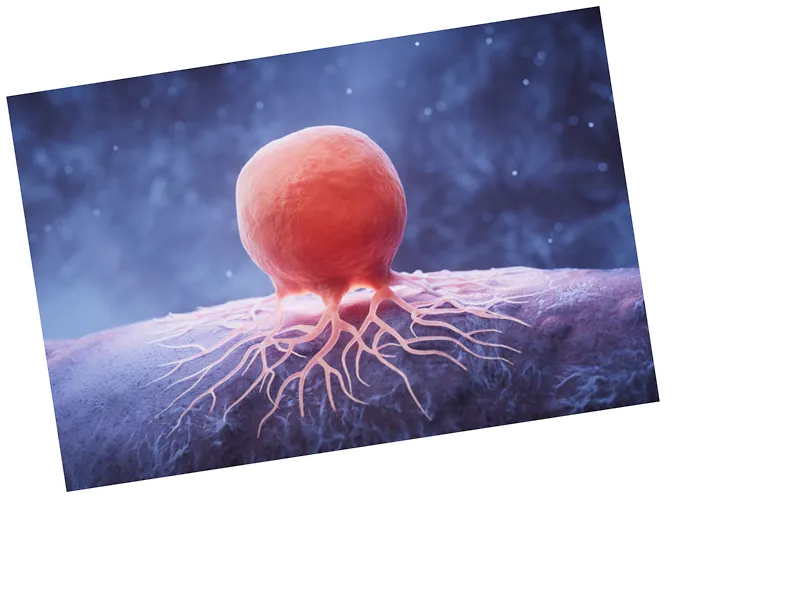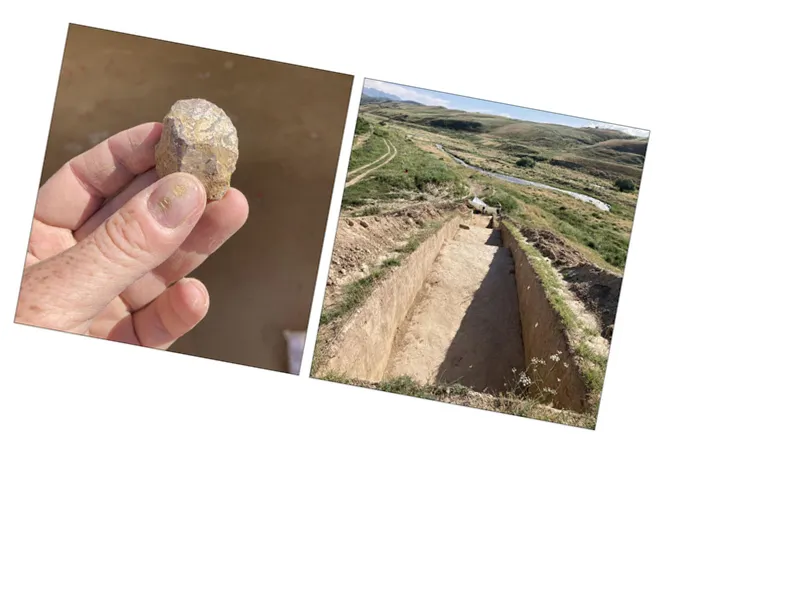The study underscores the importance of modern genetic analysis in archaeology, allowing researchers to reassess historical narratives based on new evidence.
The findings highlight the complexity of human relationships in crisis situations, suggesting that acts of compassion may transcend familial ties.
This research may lead to further investigations into the demographics of Pompeii's population and their social structures.
Future studies may uncover more about the social dynamics of Pompeii's inhabitants before the eruption, potentially reshaping our understanding of ancient Roman society.
As DNA technology advances, more accurate reconstructions of historical events and relationships may emerge, providing deeper insights into the lives of those who lived in Pompeii.
In a groundbreaking study published in the journal Current Biology, researchers have challenged long-held assumptions about the identities and relationships of individuals who perished during the catastrophic eruption of Mount Vesuvius in 79 AD, which buried the Roman city of Pompeii. The research team, comprising experts from Harvard University, the University of Florence, and the Max Planck Institute for Evolutionary Anthropology, analyzed ancient DNA extracted from bones found in plaster casts of victims. This analysis revealed that many of the individuals previously thought to be related were, in fact, unrelated. For instance, the well-known figure of a person holding a child, traditionally believed to be a mother and her offspring, is now identified as a male adult who was not related to the child. Similarly, two entwined bodies previously thought to be sisters were found to include at least one male, with the identity of the other still uncertain. These revelations prompt a reevaluation of the social dynamics and relationships among the victims during the eruption.





